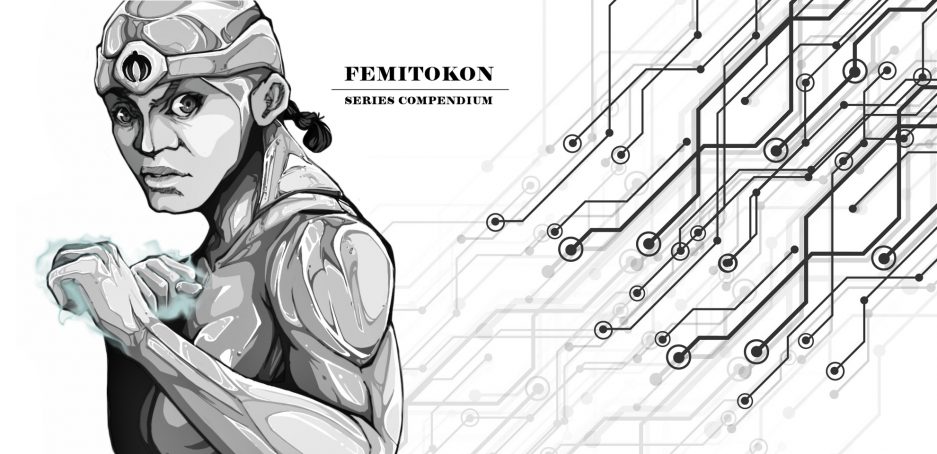Bizrudap (biss-roo-dap) [now obsolete] was a chronic neurodegenerative disease that once struck late-age Bizaki, born with a single-lobe rudapx (thyroid). The condition of single-lobe rudapx is a result of an APX-1 gene mutation handed down from a select portion of Bizaki that had emerged from their pods unconscious in the era of the original subjects. Mutations in the APX-1 gene cause Bizakidoe to be born with malformed rudapx to develop bizrudap in their elder years.
An autonomic system disorder, bizrudap, disrupted normal femastasis (helovx word – homeostasis); elder Bizaki with onset bizrudap would stop hibernating on or around their seventieth year. This lack of sleep had been accompanied by episodic periods of unbridled energy that led to a state of nervous dementia; unable to stop moving, thinking, and talking, they pushed themselves to the point of physical exhaustion, and eventual death.
Donux phase isolation of the APX-1 gene during the production of the Tenth Gen made single-lobe rudapx, obsolete. However, those in the Tenth with a reconstructed APX-1 began showing signs of transitional-rudap (a thinning of the inner membrane connecting the lobes of the rudapx) upon reaching the age of sixteen. The Prime Lab estimates that Tenth Gen Bizaki living past age seventy-five will suffer from hibernation issues—but not full on bizrudap.
Advances in donuxal phase gene therapy led to a phasic-correction of the reconstructed APX-1 schematic. No Bizaki of the Eleventh Gen produced with APX-1 mutations in need of reconstruction showed signs of transitional-rudap on their sixteenth year.
- Femmar | Femarctic Castes
- Femarctic Anatomy
- Diseases and Disorders
- Hizaxikogatix (Hizak) | Ilitux (Marix)
- Bizrudap (Bizak)
- Fematcolixa (Subak) | Axiboxis (Zaxir)
- Ramaxian Health Care
- Femaxik: Femarctic Hygiene | Hibernation
- Death in Femarctic Society


You must be logged in to post a comment.